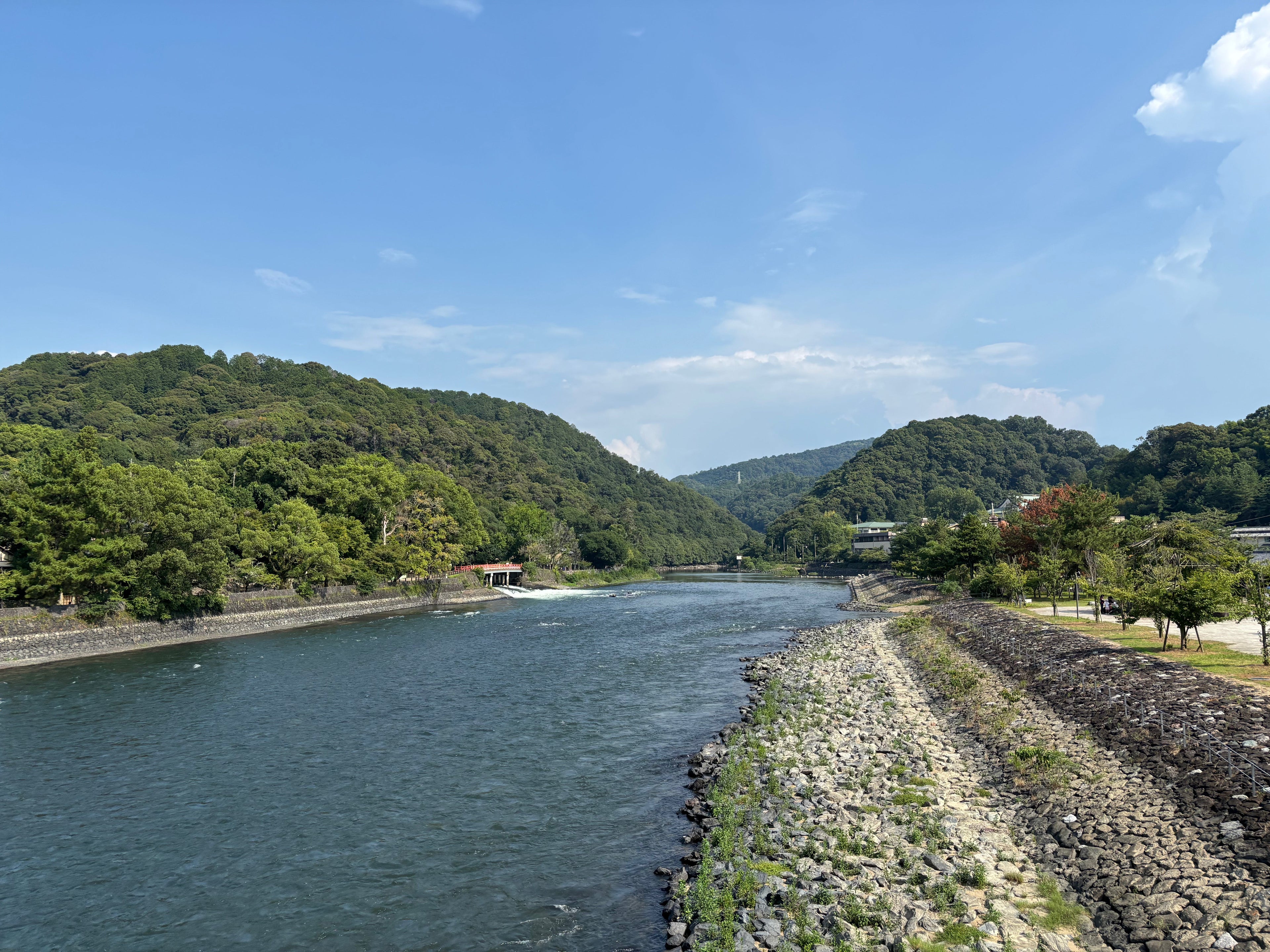If you are interested in matcha, you may have heard of its deep connection to Uji. For centuries, this region has carried a reputation for producing some of the finest quality tea in Japan. But what exactly makes Uji so special?
We went back to Uji to speak with our farmers and uncover what lies behind its celebrated reputation.
A Legacy of Tea Cultivation
Uji’s connection to matcha and Japanese tea stretches back hundreds of years. It has long been regarded as the home of premium tea production, especially for matcha. Of course, matcha can be grown throughout Japan and can be excellent in other regions too. One of the core reasons Uji has been able to secure its reputation is its unique terroir.
For those unfamiliar with the term, terroir refers to the combination of climate, soil, landscape and other natural factors that shape the growing conditions of agricultural products such as tea, wine or coffee.
The cultivation of tea in Uji began during the Kamakura period (1185–1333), when ideal climate conditions spurred the expansion of Uji tea. As early as the 14th century, tea from Uji was considered a gift of the highest class. Fast forward to the present day and Uji still retains much of its reputation for high-quality tea. Despite its small size, Uji remains a tea-centred town, home to many tea houses and speciality shops.
Uji was once home to the “Seven Tea Plantations,” which were renowned for their quality. These plantations were even celebrated in Japanese folklore through a famous waka (poem): “Mori Iwai, Umoji Kawashimo Okunoyama Asahi at the foot of mountain, playing the Biwa.” Today, only one of the seven original plantations — the Okunoyama Tea Garden — still exists, as urbanisation has gradually reduced the land available for tea cultivation.
Walking around Uji, one striking feature is how little space there is for tea gardens within the town. Unlike other famous terroirs, such as the rolling French vineyards, the scarcity of land makes it clear why matcha from Uji is produced in such limited quantities and why there are natural constraints on large-scale expansion in Japan’s traditional tea-growing regions.
Terroir
Located about 50 kilometres inland, Uji benefits from a sheltered setting that protects tea fields from storms. Despite being inland, the region retains just the right amount of moisture thanks to evaporation from the nearby river. This delicate balance creates an environment where tea plants thrive.
Soil quality is another crucial factor. Uji’s soil is naturally acidic and well-draining, providing an ideal foundation for cultivating green tea. Over centuries, farmers in the region have refined their techniques to work in harmony with this soil, producing teas that are both flavourful and balanced. Within Uji itself, soil composition varies: areas with higher levels of clay suit certain cultivars better, while sandier soils benefit others.
Techniques
For generations, tea farmers here have practised traditional, labour-intensive methods that define the quality of their teas. Among them are:
-
Ōishita Saibai — a centuries-old shading method developed in Uji that enhances umami and suppresses bitterness
-
Hand-picking the youngest, most tender leaves to ensure delicacy and refinement
-
Stone-grinding tea leaves into matcha using slow, traditional mills that preserve nutrients and flavour
Speaking with the farmers was especially fascinating. While we had visited other regions outside of Uji with different approaches to shading and picking, in Uji there was a clear emphasis on upholding these traditional cultivation methods.
Another factor distinguishing Uji tea is its higher price. This is a natural consequence of the limited quantities that can be produced within the town itself. Despite its reputation, only a small percentage of all matcha produced in Japan actually comes from Uji.
What fascinates me about Uji is not only the natural conditions but also the way its farmers have learnt to make the most of the land. Generations of knowledge have been passed down, ensuring that every cup reflects both the environment and the craftsmanship of those who cultivate the fields.
Taste Uji in Every Cup
It is no surprise that Uji tea has a long-standing reputation for quality. The unique terroir and the skill of its farmers can be experienced in every sip. We created our Hana blend, sourced from Uji, to capture this legacy.
When you drink Uji tea, you are tasting centuries of tradition, the richness of the soil, the care of the farmers and the cultural techniques that make this region so special.
